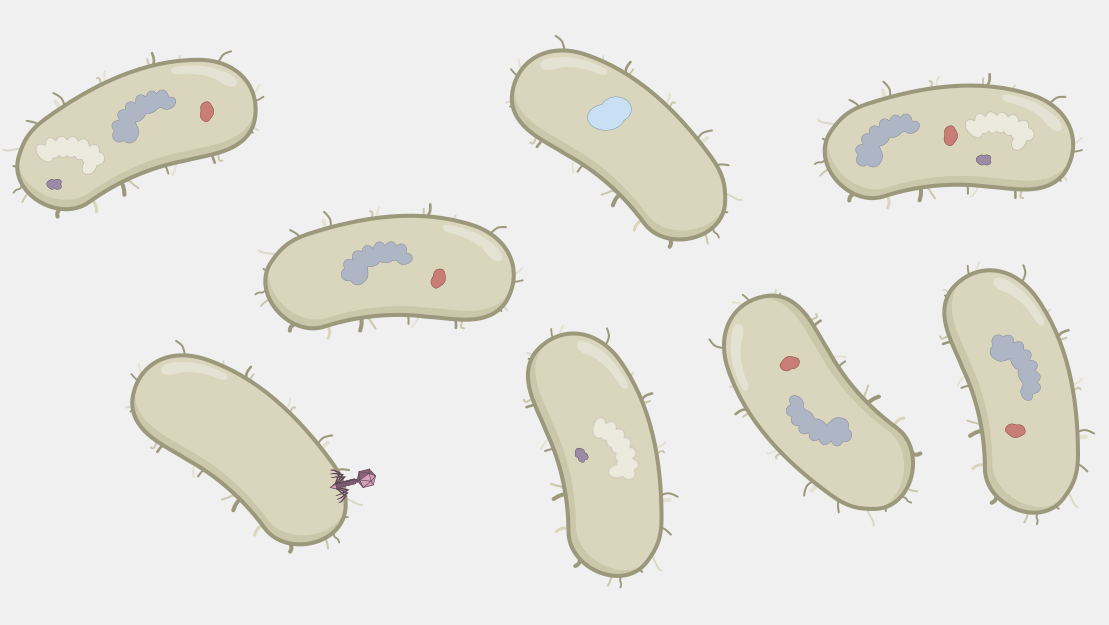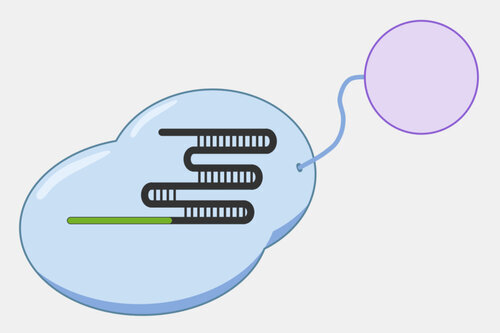CRISPR systems are widespread throughout bacteria and archaea, and they are also diverse. The three best-characterized types of systems are Types I, II and III. Here are some key areas of similarity and contrast between the three system types.
Read MoreType II systems, also known as CRISPR-Cas9 systems, are widely-known because of their use as genetic engineering tools. Type II systems identify and cleave double-stranded DNA from phages. Learn more in our Type II Interference page.
Read MoreCRISPR-Cas9 gene editing tools took off rapidly because of their simplicity, flexibility and precision, characteristics that are rooted in the basic biology of the Type II CRISPR systems. Learn more on our Type II Tools page.
Read MoreType I systems are the most wide-spread CRISPR systems in nature. Like the more-well known Type II systems, Type I systems identify and cleave double-stranded DNA from phages, but they use a multi-subunit CRISPR complex to do so. Read more to learn how Type I interference works.
Read MoreType III CRISPR systems use a multi-subunit complex and are unique in that they only cleave phage DNA that is actively being transcribed. Type III interference is complex and allows for different outcomes depending on the conditions of an infection, including potentially triggering cell dormancy or death. Read more to learn how Type III interference works.
Read MoreType I systems are the most abundant CRISPR systems and were the first to be studied. While the Type II CRISPR-Cas9 systems have been popular for tool development, some researchers are taking advantage of certain features of Type I system basic biology to develop molecular biology tools. Learn more on our Type I Tools page.
Read MoreType III systems are unique in that they cleave both RNA and DNA in a transcription-dependent manner, and some tools taking advantage of their basic biology and distribution have been created. Learn more on our Type III Tools page.
Read More














